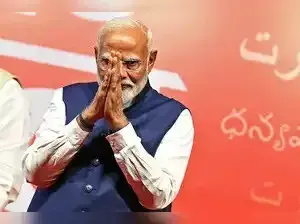Adani Group Faces Corporate Governance Crisis; Fitch Places Key Stocks on ‘Watch Negative’
The Adani Group is grappling with intensified corporate governance concerns following bribery charges against key executives of Adani Green Energy Limited (AGEL) by U.S. authorities. In response, Fitch Ratings placed Adani Energy Solutions Limited (AESL) and Adani Electricity Mumbai Limited (AEML) on a “Rating Watch Negative,” signaling a potential downgrade of their ‘BBB-‘ ratings. US Charges Spark Governance Concerns The allegations, tied to a 2021 offshore note offering, include bribery and misleading investors. With two accused executives linked to the Adani founding family, the controversy has amplified fears of systemic governance risks across the conglomerate. Fitch warned that any conviction or evidence of weak governance could significantly pressure ratings. Liquidity Remains Strong, But Risks Loom Fitch noted that AESL and AEML maintain robust liquidity, with AESL raising $1 billion via qualified institutions placement for near-term projects. AEML benefits from regulatory protections for operating costs. However, Fitch cautioned about increased reliance on onshore funding, which could elevate borrowing costs and refinancing risks in the medium term. Global Fallout The charges have drawn sharp reactions from international stakeholders. Total Energies has halted investments in Adani projects, and ESG rating agency Morningstar Sustainalytics is reviewing risks associated with Adani Green. Adani-linked dollar bonds, which initially plummeted, showed signs of stabilization but continue to face scrutiny. Future Challenges The indictment’s ripple effects extend beyond the group’s finances, potentially pressuring capital inflows and impacting India’s currency if funding risks persist. While the Adani Group has denied the allegations as “baseless” and pledged legal action, the conglomerate faces mounting global scrutiny. The coming weeks will test Adani’s ability to address governance issues and reassure investors, as reputational and financial challenges intensify. Source: Zeebiz Photo Credit: Zeebiz


